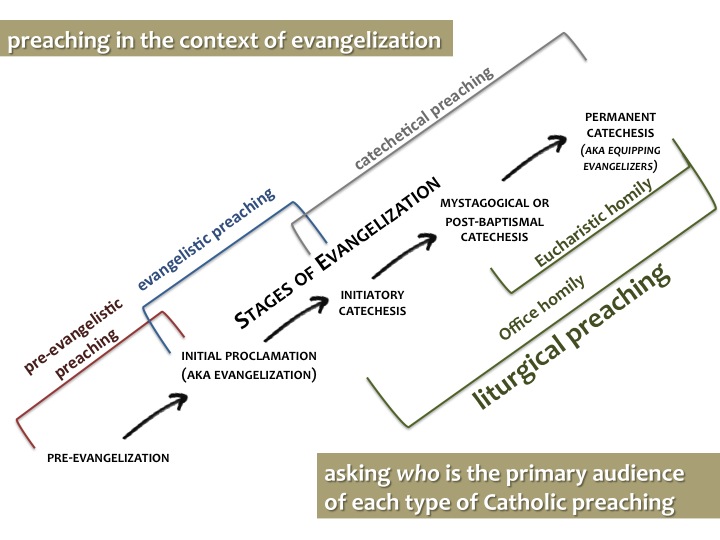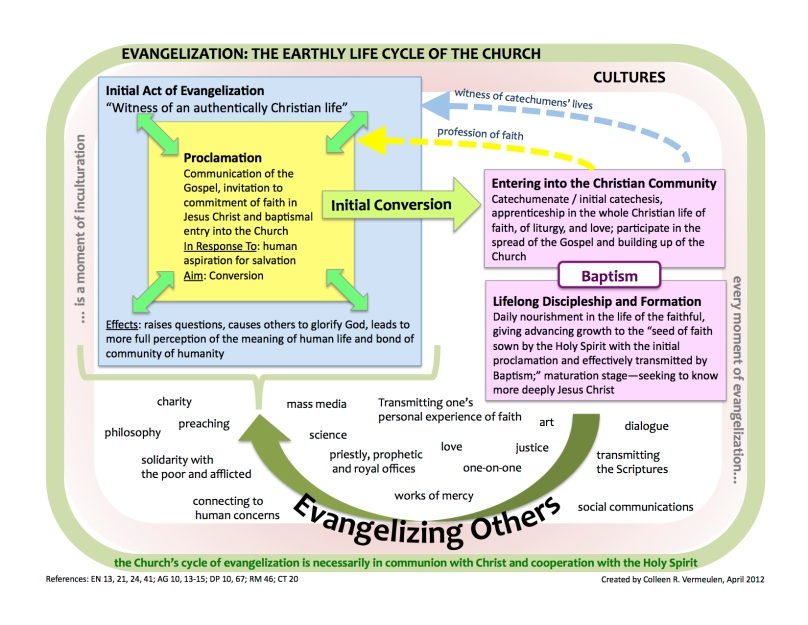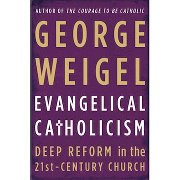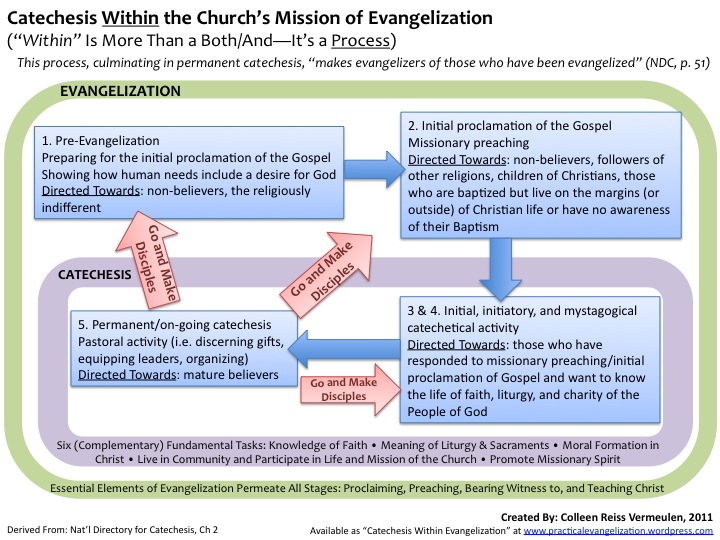Continuing to dig deeper (beyond a review and key takeaways and Big Idea #1: Series) with Fr. Michael White and Tom Corcoran’s Rebuilding Your Message (2015), today we’re highlighting an endemic debate in Catholic (and even wider Christian) preaching–preaching to mixed audiences, audiences of believers, seekers, and everything in-between.
White and Corcoran assert that it’s a pervasive misconception that:
“if you try to reach lost people then you are abandoning the work of growing disciples… preaching to lost people helps church people because it forces you to return again and again to the basics, which our church people need as much as anyone else…[it] keeps us from sinking into theological language and churchy insider language that not just for the lost, but a lot of church people don’t really understand…it strips away the pretense so many congregations operate under that we’re an assembly of fully formed disciples” (p. 157)
I agree–it’s a false dichotomy to pose preaching initial proclamation and response [aka evangelistic preaching] or pre-evangelistic preaching as an either/or or in competition with preaching for discipleship, stewardship, mission, etc. Why? Because these moments and stages in the life of a seeker/believer are just that–stages and phases–they lead into one another, and support one another.
A personal response to the Good News in relationship with Jesus Christ is the essential foundation of all future conversion and integration of the life of a disciple. By re-framing, repeating, reminding, and re-imagining this foundational life-changing conversion (cf. Benedict XVI, Deus Caritas Est §1) time and again in all preaching, we both strengthen and clearly communicate that foundation, so that none walk away with the misconception that “the church just wants my money” or “that parish just wants everyone to be busy and involved.” But instead, walk away understanding “ah ha, Jesus loved me first, as I grow in relationship with Him, empowered by the Holy Spirit, _________________ becomes part of my life and response.”
Secondly, as White and Corcoran note, preaching to mature disciples involves forming believers to be proclaimers, to be evangelists. One of the best ways to “teach” evangelization is to hear the Great Story of Rescue by our Loving God over and over again. In different contexts. With different examples. This is a very human, and very effective way to learn. I see it in my own small children, as they hear a narrative again and again it doesn’t become boring (to them 😉 ), it becomes more real, their ability to retell the story grows. The same is true for us when we hear how much God loves us and how much God does to Rescue us from sin, sadness, and ultimately death.
Finally, we should always be evangelizing in our preaching (regardless of the more proximate or specific topic/theme/purpose) simply because the world needs it.
As a much younger adult, I once heard a fundamentalist Baptist pastor poignantly pour out how regardless of if it was a wedding or a touring choral group the congregation was hosting, he felt the burden of always finding a way to include the initial proclamation and offer a concrete option for response–because what if someone came to visit, just for the music with a deep need for healing in their life? What if that was God’s plan, and he as a pastor decided to take a break and remain silent that night? And I know he’s not the only pastor to discern his words this way.

As a Catholic pondering the great images of Scripture, I think this applies to us too. the Parable of the Lost Sheep (Lk 15:3-7) and the Parable of the Lost Coin (Lk 15:8-10) give us striking examples of a preferential care and concern for the “missing” one, the one most in need of foundational Love and healing.
If God acts this way, it’s certainly not wrong for us to use our words similarly, to always cast at least one line (using a fishing metaphor) for those away from the flock, for those whom God loves more than we can ever fathom, this side of eternity!
In closing, avoid creating division over this question. Seek integration, so that while a message might have a main focus of one purpose, it always includes evangelistic invitation and response (even if it’s just in a tangent–presented with clarity and directness). If you feel like “that’s nice, but I don’t have the time”–I urge you to reconsider. Don’t think so small. Be creative. Read a book like Rebuilding Your Message and find the ways to move beyond A vs. B, and find a C option that works for you and opens your preaching, speaking, and teaching up to the Holy Spirit as a way to communicate the Good News of God’s love to everyone.





